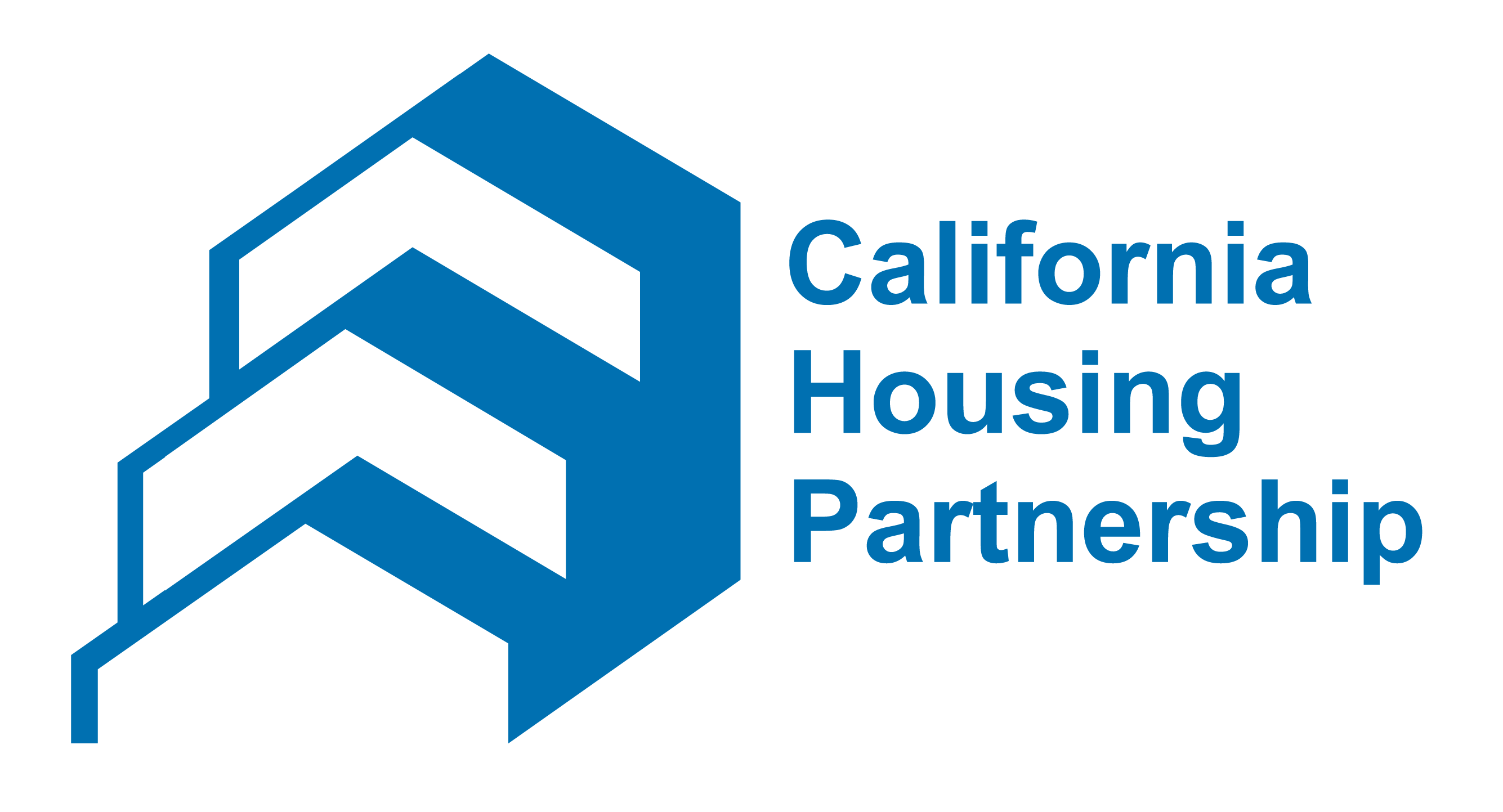The launch of the Solar On Multifamily Affordable Housin g (SOMAH) program on July 1, 2019 marked the largest solar energy investment in multifamily affordable housing to date in the State of California. The overall goal of the SOMAH program is to provide financial incentives for installing photovoltaic (PV) systems on multifamily affordable rental housing homes. What makes SOMAH unique and exciting is that it is the only program that provides low-income residents benefit from solar by way of bill credits while preventing owners from recapturing the benefits by way of rent increases or operating cost pass throughs to residents.
g (SOMAH) program on July 1, 2019 marked the largest solar energy investment in multifamily affordable housing to date in the State of California. The overall goal of the SOMAH program is to provide financial incentives for installing photovoltaic (PV) systems on multifamily affordable rental housing homes. What makes SOMAH unique and exciting is that it is the only program that provides low-income residents benefit from solar by way of bill credits while preventing owners from recapturing the benefits by way of rent increases or operating cost pass throughs to residents.
 g (SOMAH) program on July 1, 2019 marked the largest solar energy investment in multifamily affordable housing to date in the State of California. The overall goal of the SOMAH program is to provide financial incentives for installing photovoltaic (PV) systems on multifamily affordable rental housing homes. What makes SOMAH unique and exciting is that it is the only program that provides low-income residents benefit from solar by way of bill credits while preventing owners from recapturing the benefits by way of rent increases or operating cost pass throughs to residents.
g (SOMAH) program on July 1, 2019 marked the largest solar energy investment in multifamily affordable housing to date in the State of California. The overall goal of the SOMAH program is to provide financial incentives for installing photovoltaic (PV) systems on multifamily affordable rental housing homes. What makes SOMAH unique and exciting is that it is the only program that provides low-income residents benefit from solar by way of bill credits while preventing owners from recapturing the benefits by way of rent increases or operating cost pass throughs to residents.Unfortunately, at the time of program launch, only 30% of potentially eligible[1] properties (1,112 properties) financed through various Department of Housing and Urban Development (HUD) programs were ineligible for participation in SOMAH because existing utility allowance (UA)[2]policies for several HUD programs required adjustments that would recapture resident financial benefits from solar generation. In an effort to ensure HUD funded properties could participate in the SOMAH program, the California Housing Partnership, in its role as an Authorized SOMAH Representative, led the effort to directly engage HUD staff and advocate for a memo that would allow the exclusion of solar credits from UA calculations.
As a result of these efforts, in July 2019, HUD’s Office of General Counsel issued guidance to the department’s Multifamily Housing field staff on the treatment of on-bill solar credits under the SOMAH program. In a victory for low-income tenants and the mission-driven housing owners who serve them, the HUD memo states that solar credits allocated to residents under SOMAH should be excluded when calculating UAs. In a further victory, the memo clarified that solar credits allocated to residents under the program would not be counted as income, thus protecting residents against rent increases related to SOMAH program participation. In practice, this guidance means that a vast majority of the 1,112 HUD funded properties in the State of California are now eligible to benefit from SOMAH.
Despite these major victories, issues remain with regard to obtaining data from utilities in a format that is actionable for property owners. In practice, in order to exclude solar credits from UA calculations, owners need utility companies to provide tenant data in the appropriate format – gross electricity usage in dollars and total solar credits in dollars. Unfortunately, this is not what utilities are currently providing. The Partnership and the SOMAH Project Administrator (PA) is currently coordinating with the California Public Utilities Commission (CPUC) and the utilities to ensure that program participants are able to comply with the HUD guidance in excluding SOMAH solar credits from UA calculations. Nevertheless, owners are encouraged to enroll HUD-funded properties in the program’s Upfront Technical Assistance (Track A) as the SOMAH PA works through this issue.
For questions about the HUD memo or to set up a SOMAH interest call please contact the Partnership’s project lead, Michael Claproth at mclaproth@chpc.net or (213) 785-5734.
[1] SOMAH eligible properties must: be deed-restricted buildings with at least 5 units; Have affordable housing regulatory agreement with 10 years remaining on term; obtain certificate of occupancy; be individually metered; and served by an Investor Owned Utility (IOU) or Community Choice Aggregator (CCA)
[2] Utility allowance refers to the amount of utility costs paid by those individuals in subsidized housing who pay their own utility bills, as averaged from total utility costs for the housing unit.

